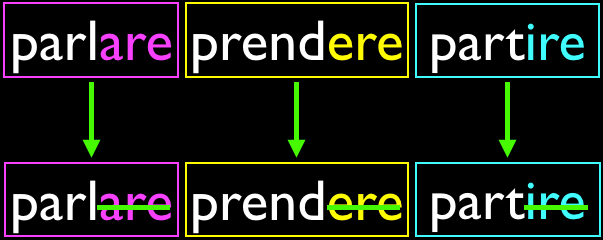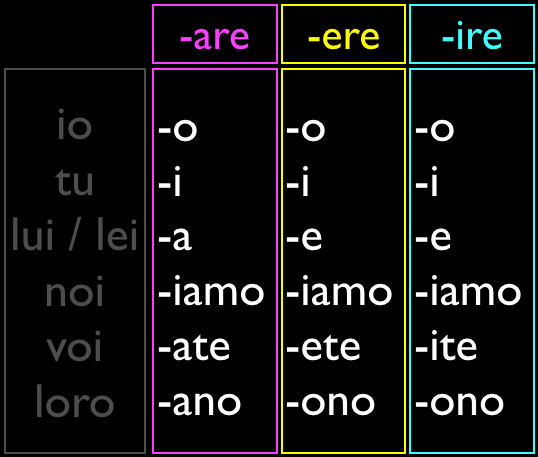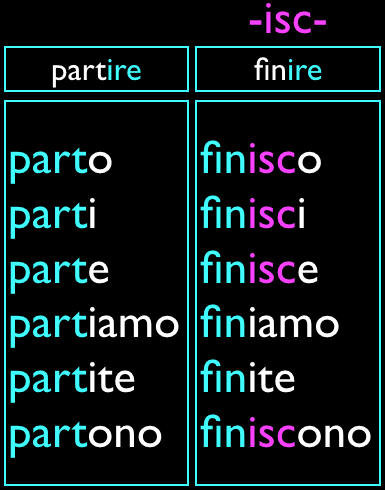Italian Present Indicative
- Forming the Regular Present Tense in Italian
- Present Tense of Reflexive Verbs in Italian
The Present Indicative in Italian
Early in learning Italian you will learn the present tense. It is one of the most important tenses you will learn, and it is very easy to form in the regular verb tenses, but when the verbs are irregular it can be very difficult to get all of the forms correct.
You may have noticed that the title of this page is "Italian Present Indicative". 'Present' is a term you are no doubt familiar with, but you may have paused on indicative. The indicative is a verbal mood used to express statements of fact or (confident) opinion and questions. Other moods you may be familiar with are the imperative and the subjunctive.
What follows is a lesson on how to form the regular present tense indicative in Italian:
Forming the Regular Present Tense
Watch the following video to learn the rules for using the regular present tense in Italian:
*There are exercises at the end of the video to reinforce what you have learned.
Step 1 Form the present tense stem.
You form the stem by removing the -are, -ere and -ire from the infinitive of the verb. For example, if the verb is ballare, you begin to form the present by removing the -are. The other conjugations follow the same pattern. See the chart below for 3 model verbs:

*parlare: to speak, prendere: to take, & partire: to leave
Step 2 Add the present tense endings for each conjugation.
Here are the present tense endings:

There are many similarities between these verb endings. Making the comparisons will make them easier to remember. Notice that the verb endings are the same for the 1st & 2nd person singular and 1st person plural (io, tu, & noi). With the -ere and -ire conjugations, the verb endings for the 3rd person singular and plural are the same. In the 2nd person plural for all conjugations, -te is the ending when combined with the vowel stem of the infinitive, like -ate for -are verbs.
Step 3 Combine the present tense stem with the endings.
See the model verbs below for the complete regular conjugations:

-ire verbs with -isc- stems
More often than not, the 3rd conjugation -ire verbs get conjugated with add an additional -isc- stem in the 1st, 2nd & 3rd person singular and 3rd person plural forms of the verb. the noi and voi forms never need an -isc- stem. They are as common as Compare the two following verbs:

There is no way of telling whether -ire verbs take an -isc- stem by looking at the infinitive. If you aren't familiar with whether the verb uses the -isc- stem, it is best to look it up to check.